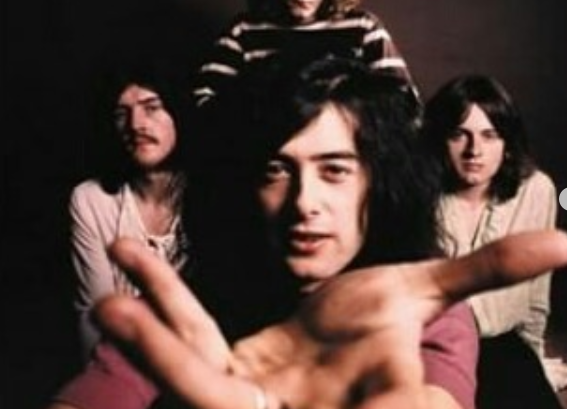Led Zeppelin has fewer “deep cuts” than very few other acts. The huge percentage of Zeppelin’s catalog has gained its dues, despite the band only releasing 73 album tracks over their existence (excluding 1982’s Coda collection). The majority of these album tracks went on to become classic rock n’ roll songs.
Here are a few Zeppelin songs you might not be familiar with that might update your playlist while also showcasing the group’s adaptable, cheeky, and daring sides. Despite this, we’re going to look through five songs below that may have been eclipsed by massive hits like “Stairway to Heaven” or “Immigrant Song.”
Wearing and Tearing
One of Led Zeppelin’s toughest rock songs is “Wearing and Tearing.” The tune debuted on their compilation album Coda a few years after the group’s dissolution, while being recorded during the In Through the Out Door recordings in the late 1970s.
Carouselambra
The song “Carouselambra” is one of Zeppelin’s most avant-garde compositions. This lively 10-and-a-half-minute symphony, which is the longest song on In Through the Out Door, combines a variety of rock subgenres. This tune showcases the group at their most experimental, with 3 separate sections—the first featuring John Paul Jones’ expansive synth riffs, the middle showcasing Jimmy Page’s Gibson double-neck guitar in its sole album presence, and the third fusing synth sounds with cinematic orchestral aspects.
Bron-Yr-Aur
While “Moby Dick” is unquestionably the most well-known instrumental by Zeppelin, this song from Physical Graffiti is a close second. In “Bron-Yr-Aur,” Page and Robert Plant honor the isolated Welsh hideaway where they penned the majority of Led Zeppelin III. The band’s musicianship is tenderly expressed in “Bron-Yr-Aur,” which also evokes the pastoral location in which it was penned.
I’m Gonna Crawl
With its lush synth melodies and concluding song from In Through the Out Door, Page and Plant offered audiences one more taste of their collaborative brilliance. Plant has a stunning performance in “I’m Gonna Crawl” that is reminiscent of Otis Redding and Wilson Pickett, and Page’s work is equally as intense as the vocal melody.
Ten Years Gone
“Ten Years Gone,” which closes up Physical Graffiti’s third side, is a showcase of Page’s mastery of the electric guitar and his production abilities. Page adds layers of guitar licks, resulting in a catastrophic web of harmonics, as Plant delivers lyrics about a former lover with distinctive pageantry.

